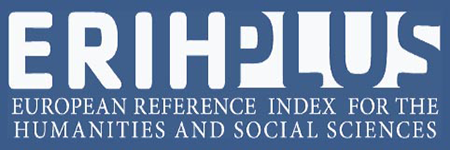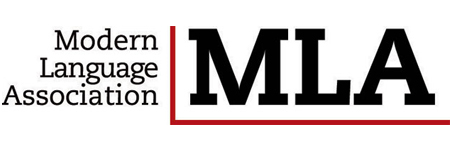The Effects of Urbanization on Alevi Women’s Religious Practices and Their Socio-Cultural Transformation
DOI:
https://doi.org/10.24082/2025.abked.507Keywords:
Women, Urbanization, Alevism, Identity, Change, ModernizationAbstract
This study is based on the premise that, just as historical social and political events have transformed Alevism itself, they have also reshaped the discourse on gender equality within Alevi belief. Throughout history, Alevis have shaped their faith by being influenced by various socio-political phenomena. However, since the 1960s, processes such as modernization, migration, and urbanization have led to profound changes and transformations in the social, cultural, and familial life of Alevi communities. The social roles that had been defined for centuries within Alevi belief and daily life, particularly concerning the positions of men and women, have entered a process of reevaluation and redefinition.
This study is founded on the recognition that, as in other domains of life, the status of Alevi women has also been reshaped and renegotiated. The widespread belief in society is that Alevi women, who traditionally participate in all aspects of life alongside men, hold a distinct and privileged position compared to women in other religious traditions. In the shaping and historical development of Alevi belief, special reverence has been given to the Prophet’s lineage, particularly to his daughter Fatima, who ensured its continuation. Within this framework, women have been assigned a prominent and sacred role. The identity of Alevism has historically formed around this lineage, which includes Fatima and the children of Ali, who are referred to as the Ahl al-Bayt by the Prophet.
Women have been elevated in identity through the sacred role of motherhood. As seen in many societies, the sanctification of women based on their roles in reproduction, family, child care, and labor has also prominently emerged within Alevism. In addition to these qualities, women’s participation in religious rituals such as cem ceremonies, the twelve services (on iki hizmet), and semah has made them visible figures within the spiritual practices of Alevism.
With the advent of modernization and urbanization, all rural institutions have undergone a process of transformation and renewal. Alevis, who for centuries lived in isolated rural communities structured by family, village, tribal (oba), lineage (sülale), and kinship ties, have become more open to the outside world due to urbanization, encountering different communities and belief systems. While Alevis traditionally regulated their social, economic, and daily lives through their own customary legal order embedded in cem rituals, they have had to adapt to the legal system of the modern nation-state.
Alevi women have encountered “the other” and experienced interactions across all spheres of life. At the same time, the roles and positions of Alevi women within rural cem rituals have undergone considerable transformation. In this context, this study seeks to examine how the identity and presence of Alevi women within the Alevi belief system have been affected by the broader processes of modernization, migration, and urbanization.
Downloads
Downloads
Published
How to Cite
Issue
Section
License
Copyright (c) 2025 Journal of Alevism-Bektashism Studies

This work is licensed under a Creative Commons Attribution-NonCommercial-NoDerivatives 4.0 International License.








